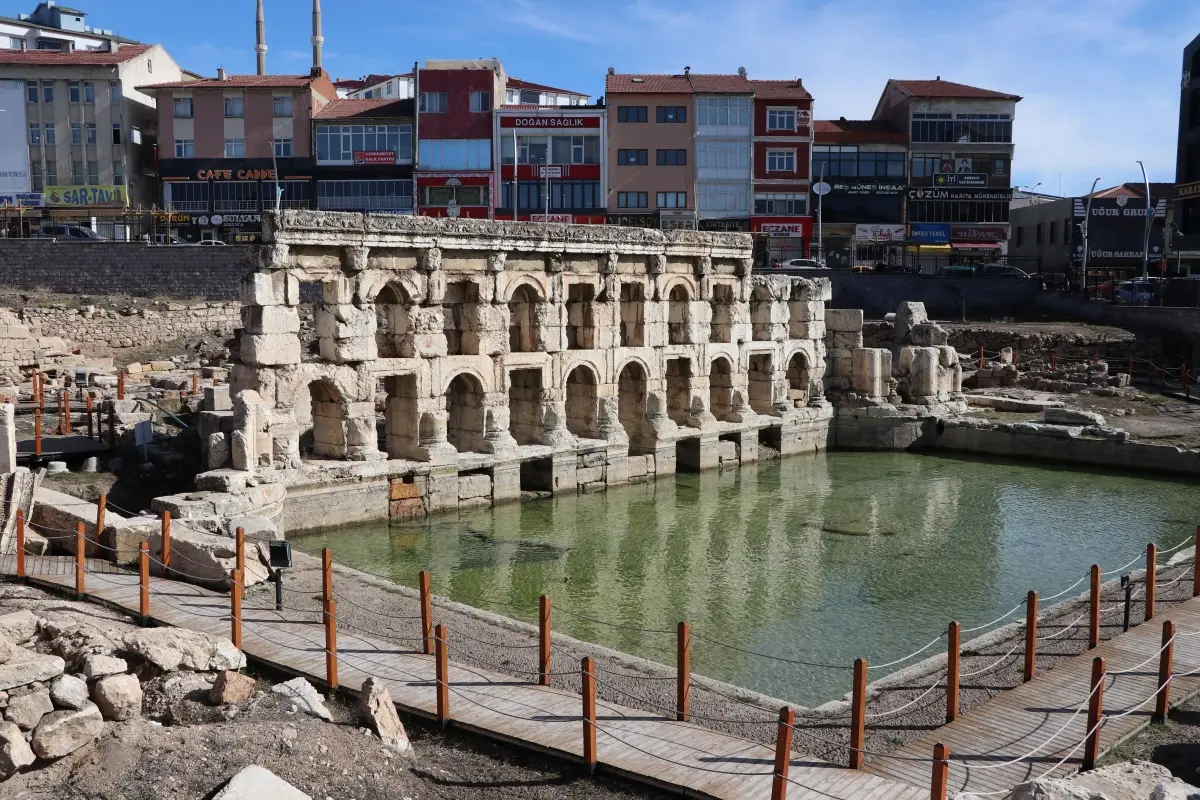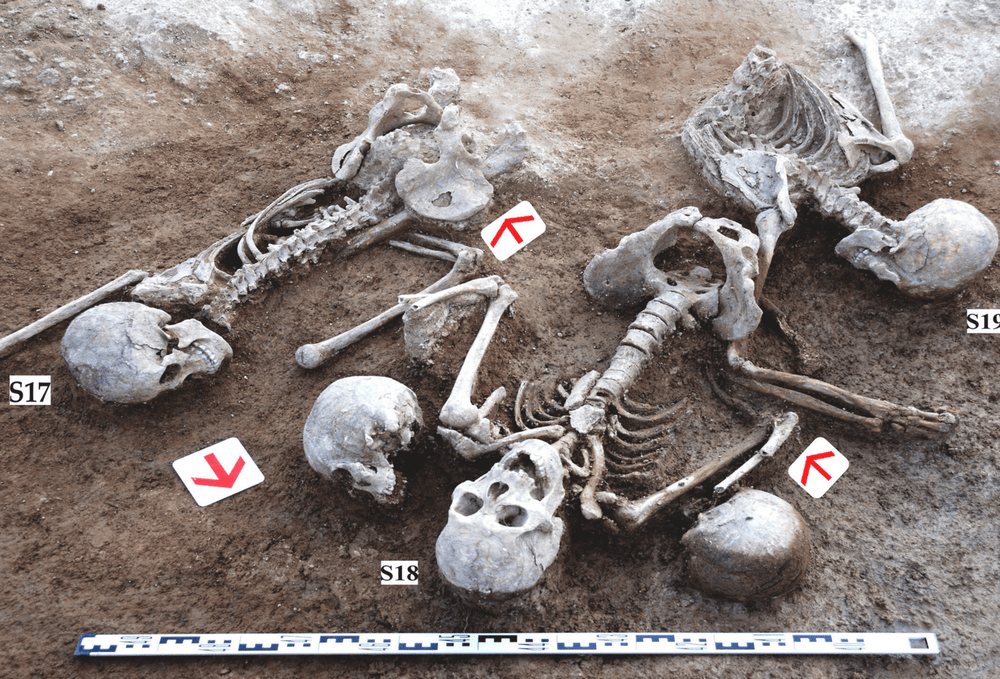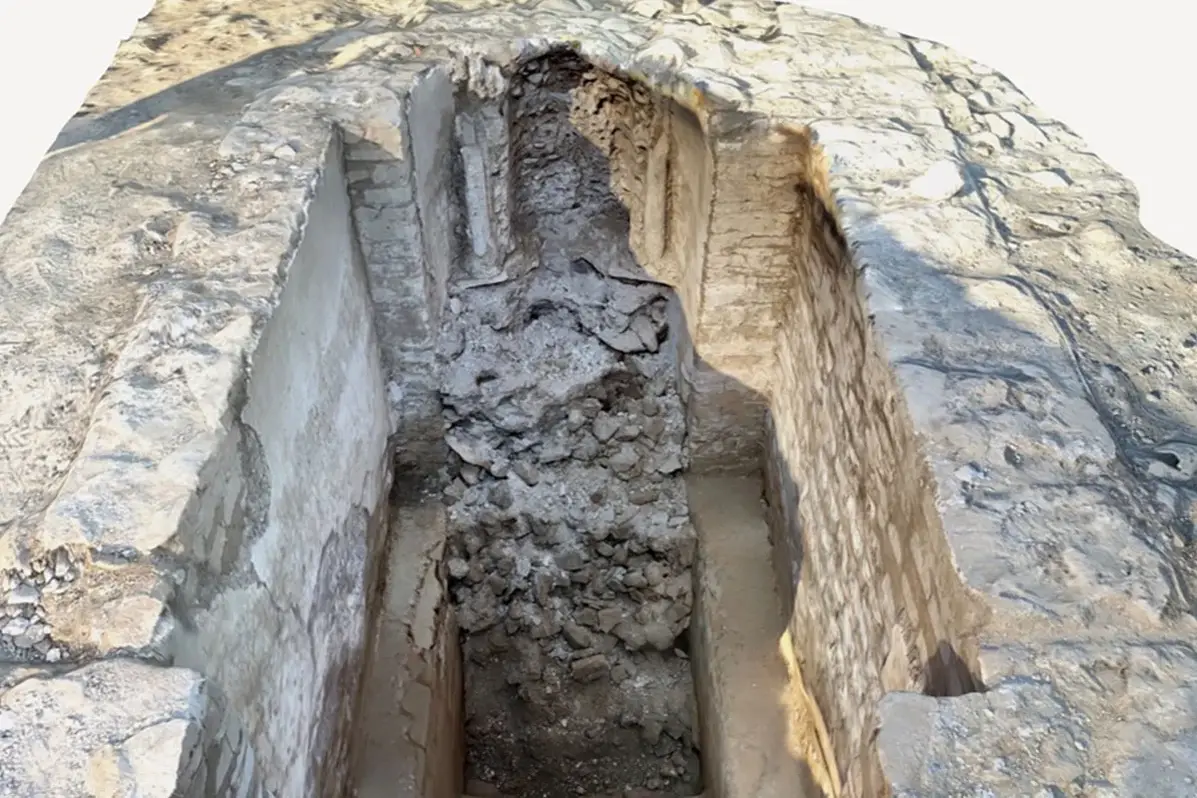Rising in the Sarıkaya district of the Central Anatolian city of Yozgat, the Sarıkaya Roman Bath, known as the “Princess’s Bath” (Kral Kızı), is a unique historical structure with only two examples in the world. This exquisite example of the “Basilica Therma” type of Roman baths attracts visitors with both its architectural splendor and healing waters.
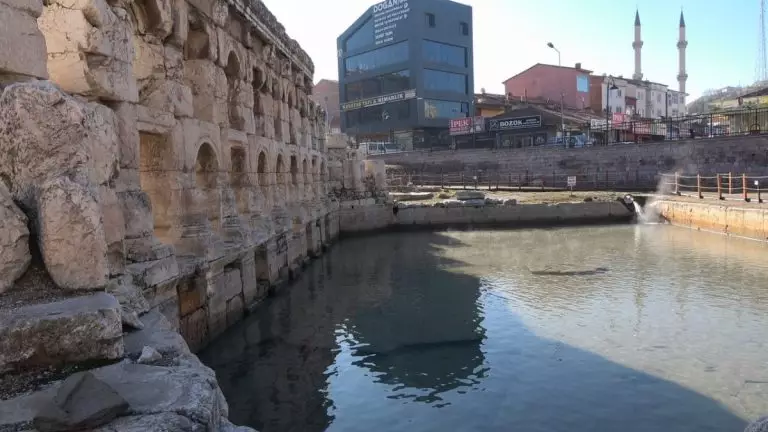
A Source of Healing from Ancient Times to the Present
Built in the 2nd century AD, the bath carries the traces of the Roman Empire in Anatolia. This structure, consisting of three pools, is considered one of the best-preserved examples of Roman bath architecture. According to legend, the bath, which got its name “Princess’s Bath” after a king’s sick daughter found healing in these waters, has continued to provide healing for centuries.
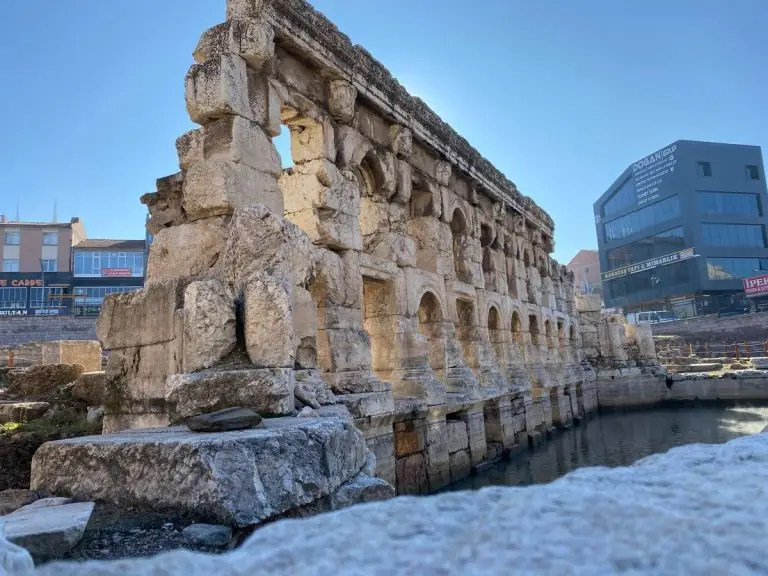
Yozgat Museum Director Cihat Çakır stated that Sarıkaya Roman Bath, which is the only similar example in London, attracts attention with its architectural structure and said, ‘The bath, which was called “Aquae Sarvenae” in the Roman period and “Basilica Therma” in the Byzantine period, was also used in the Anatolian Seljuk and Ottoman periods.’
Healing Effect of Thermal Waters
One of the most important features of the bath is the healing power of its thermal waters. Thanks to the minerals it contains, these waters are known to be good for rheumatism, skin diseases, and nervous system disorders.
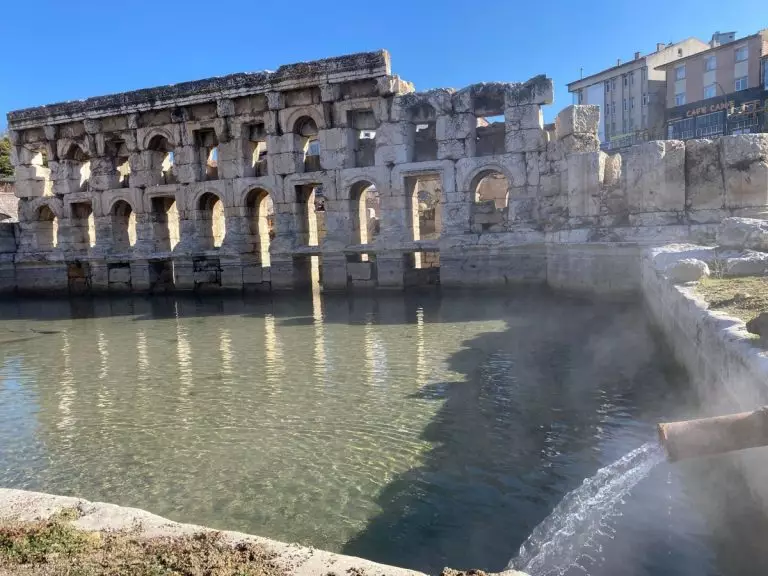
On the UNESCO World Heritage Tentative List
Added to the UNESCO World Heritage Tentative List in 2018, the Sarıkaya Roman Bath has become even more eye-catching with the restoration works of the Ministry of Culture and Tourism. Visitors both take a historical journey in this ancient structure and enjoy the thermal waters.
